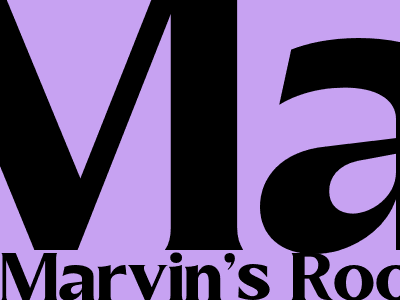Building a Successful Blog in 2023: A Comprehensive Guide
Introduction
In today's digital age, blogging has emerged as a powerful tool for businesses and individuals to connect with their target audience. With countless blogs launched each day, creating a successful blog in 2023 requires a strategic approach that considers the evolving landscape of search engine optimization (SEO) and content creation. This comprehensive guide will provide you with the essential steps and best practices to build a successful blog that drives traffic, establishes authority, and achieves your desired goals.Chapter 1: Defining Your Niche and Target Audience
The foundation of a successful blog lies in identifying your niche and clearly defining your target audience. Your niche is the specific topic or area of focus that your blog will cover, while your target audience is the group of people you aim to reach with your content.Identifying Your Niche
Begin by exploring your interests, passions, and areas of expertise. Consider topics that you are knowledgeable about, passionate about, and have a unique perspective on.
Conduct keyword research to identify potential niches with high search volume and low competition. Use tools like Google Keyword Planner or Ahrefs Keyword Explorer to find relevant keywords and analyze their search trends.
Study successful blogs in your potential niches. Analyze their content, audience engagement, and marketing strategies to gain insights into what makes them successful.
Defining Your Target Audience
Determine the demographics, interests, and online behavior of your target audience. Create a detailed profile of your ideal reader, including their age, location, education level, profession, and interests.
Use social media listening tools and conduct surveys to gather insights into your audience's pain points, challenges, and content preferences.
By understanding your target audience, you can tailor your content to meet their specific needs and interests, increasing your chances of success.
Chapter 2: Creating High-Quality Content
Content is the lifeblood of any blog. To attract and retain readers, you need to create high-quality content that is informative, engaging, and relevant to your target audience.Planning Your Content Strategy
Develop a content calendar to plan and schedule your blog posts. This will help you stay organized and ensure a consistent flow of fresh content.
Conduct keyword research to identify topics that are relevant to your niche and have high search volume. Use these keywords to optimize your content for SEO.
Create a variety of content formats to keep your blog interesting. This could include blog posts, infographics, videos, podcasts, and guest posts.
Writing Effective Blog Posts
Start with a strong headline that grabs attention and accurately reflects the content of your post.
Write clear and concise introductions that hook readers and provide a brief overview of the post's main points.
Use headings and subheadings to structure your content and make it easy to read.
Include relevant images, videos, and other multimedia elements to enhance your content and make it more visually appealing.
Proofread your content carefully before publishing to ensure that it is error-free and well-written.
Chapter 3: Optimizing Your Blog for SEO
Search engine optimization (SEO) is essential for driving organic traffic to your blog. By optimizing your content and website for SEO, you can improve your visibility in search results and attract more readers.Keyword Optimization
Incorporate relevant keywords into your blog post titles, headings, subheadings, and body content.
Use keyword research tools to find keywords with high search volume and low competition.
Avoid keyword stuffing, as this can result in penalties from search engines.
Technical SEO
Ensure that your website is mobile-friendly and loads quickly.
Create a sitemap to help search engines index your website more easily.
Use alt tags to describe images on your website.
Link Building
Acquire high-quality backlinks from other websites to improve your blog's authority and search engine rankings.

تعليقات